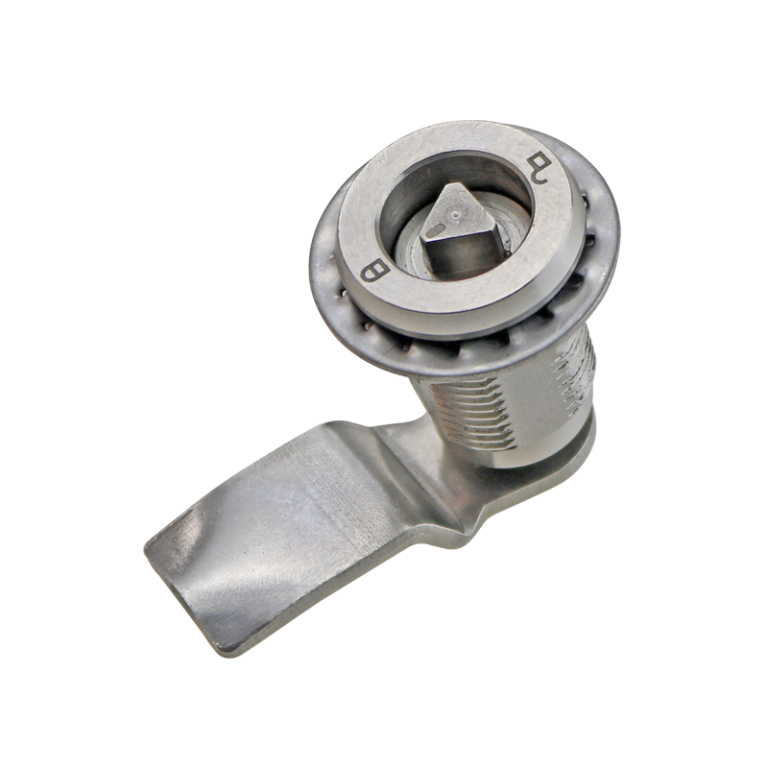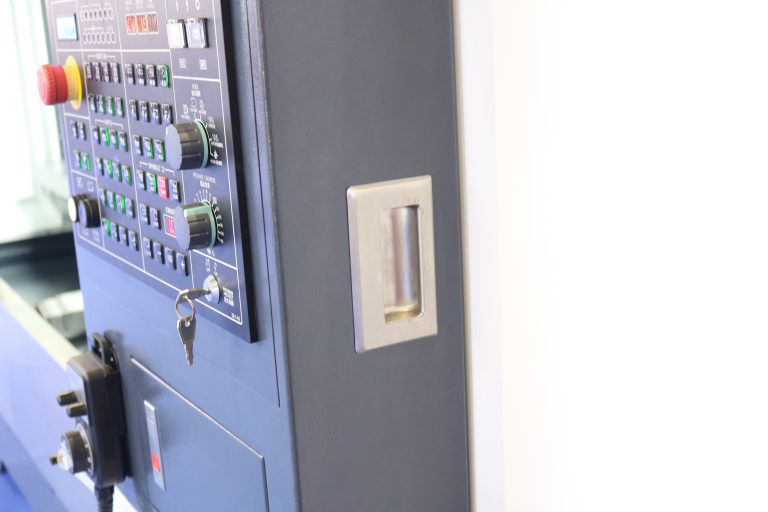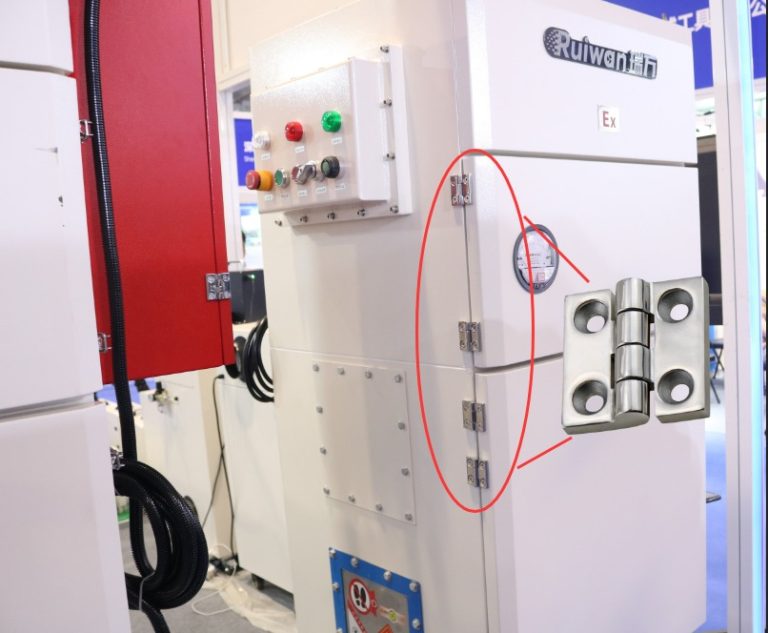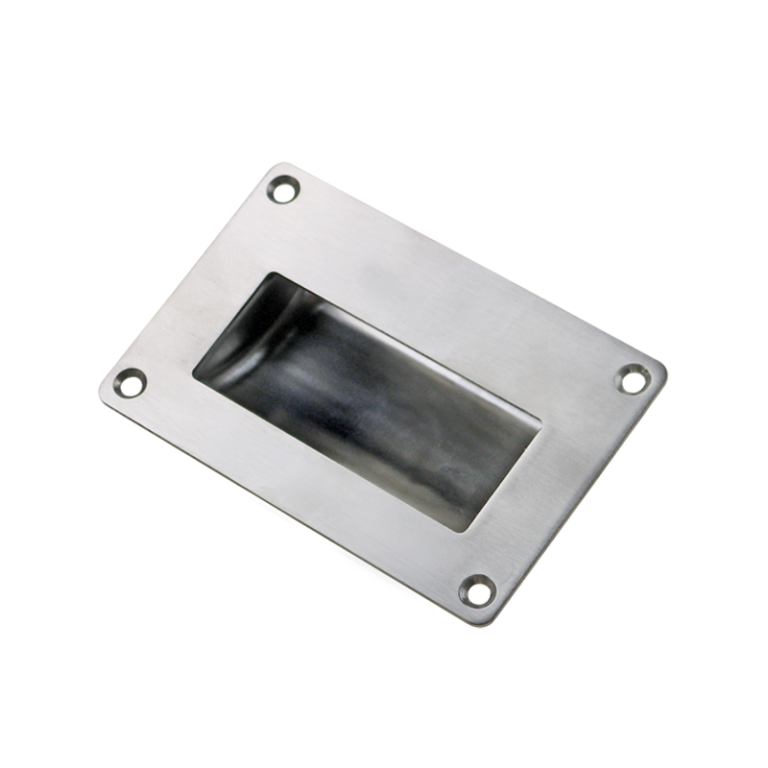HTAN is one of the leading manufacturers of industrial hinges, handles and latches in China.
-
+86 13720060320
-
julius@haitangs.com

Outdoor Cabinet Cam Locks: Applications and Advantages



In outdoor scenarios such as communication base stations, power equipment boxes, traffic monitoring cabinets and other outdoor scenarios, cam latch for outdoor cabinets are the core components for equipment security. These latch need to resist extreme weather, prevent illegal opening, and meet the needs of fast installation and long-term stability. This article will combine industry standards and real cases to analyze the selection of cam latch for outdoor cabinets and application techniques to help users make more professional decisions.

Key Functional Characteristics of Outdoor Cam latch
Cylinder structure and opening mode
The design of the latch cylinder of the cam latch for outdoor cabinets has a direct impact on safety. Common programs include:
- Double-tongue latch structure: requires two keys or two operational steps to open, suitable for high-security scenarios.
- Industrial-grade key systems: such as triangular keys and plum keys, which comply with ISO international standards and reduce the risk of unauthorized opening.
Installation Convenience(Cam Latch Installation Guide)
Outdoor cabinets are often installed in batches, so latch need to be designed with efficiency in mind:
- Quick snap-in structure: can be fixed without tools, for example, some models of Haitan support panel thickness adjustment.
- Multi-specification compatibility: Adapt to different cabinet panel thickness (1.5mm~3mm), reducing customization costs.
Seismic performance
In scenarios such as electric locomotives and mobile communication vehicles, vibration may cause latch to loosen. It is recommended to choose the following design:
- Stop tab structure: prevent cam deflection due to vibration.
- Cushion washer: Absorbs shock energy and extends the life of the latch.

Challenges of outdoor environments for latch
Climate Impact
- Temperature: Extreme temperatures ranging from -40°C to 120°C may embrittle plastic parts or deform metal.
- Ultraviolet rays: Prolonged exposure to the sun may cause the coating to flake off, choose UV-resistant materials (e.g. stainless steel) for greater durability.
Corrosive environment
- Salt spray and rain: coastal areas need to choose 304 stainless steel, and through the 48-hour salt spray test.
- Dust: The protection level needs to reach IP65 or above to prevent sand and dust from entering the latch cylinder.
Security Requirements
- Anti-pick design: Hidden latch hole or anti-drilling steel plate can prevent violent damage.
- Multi-point latching: latch multiple cabinet doors at the same time by linkage structure.

Basic structure and working principle of cam latch
Core Components
- Latch cylinder: control the key rotation authority.
- Cam: Converts the rotary action into linear motion of the latch.
- Housing: protects the internal structure and is usually die-cast to increase strength.
Comparison with other latch
- Compression latch: rely on spring pressure, easy to fatigue in long-term use.
- Tie rod latch: complex structure, high maintenance costs.
- Advantages of cam latch: simple structure, low failure rate, strong adaptability, suitable for outdoor cabinet high-frequency switching needs.
Selection points of cam latch for outdoor cabinet
Material selection
- Stainless steel (recommended): strong corrosion resistance, suitable for coastal or industrial areas.
- Zinc alloy: low cost, but easy to oxidize for long-term outdoor use.
- Engineering plastics: limited to light cabinets with low safety requirements.
Surface treatment process
- Electroless nickel plating: rust and abrasion resistant.
- Epoxy coating: Enhances chemical resistance.
Protection ratings and certifications
- IP rating: IP67 for complete protection against dust and short-term immersion (e.g. in heavy rain).
- Environmental certifications: RoHS (No Hazardous Substances), REACH (Chemical Safety) are the basis for EU access.
Opening method
- Key-operated: Suitable for single-operator scenarios.
- Tool-opening type: Requires a wrench for higher vandalism resistance.
Installation Standards
Refer to IEC 61984 (cabinet connector standard) to determine the latch size and mounting holes.

Maintenance and Use Recommendations
Regular Inspection
Clean the latching holes every 6 months and apply silicone-based grease (avoid oil-based lubricants).
Extreme Weather Response
Promptly remove ice from the surface of the latch after a snowstorm to prevent freezing and jamming.
Life extension tips
Avoid hanging heavy objects on the keychain to reduce wear and tear on the latch cylinder.
Brand Recommendation
- HTAN
Advantage: Cost-effective, suitable for communication cabinets. - EMKA
Advantage: outstanding waterproof performance, suitable for cleaning frequent transportation equipment. - Southco
Advantage: military-grade safety standards, used in nuclear power plants and other high-risk scenarios.
Conclusion
The selection of cam latch for outdoor cabinets needs to balance safety, environmental adaptability and cost. Priority should be given to models that have passed international certification (e.g. IEC, UL), and regular inspection and maintenance should be performed. In high-value scenarios such as communications, transportation, etc., it is recommended to use stainless steel and multi-point latching scheme to minimize the risk.






